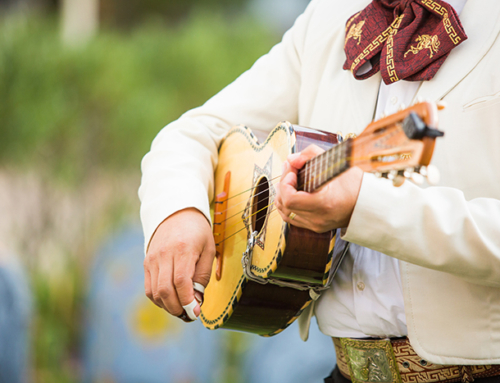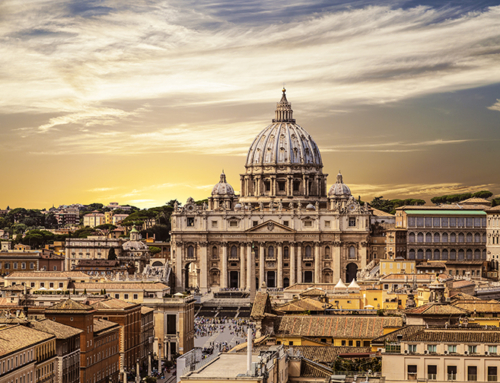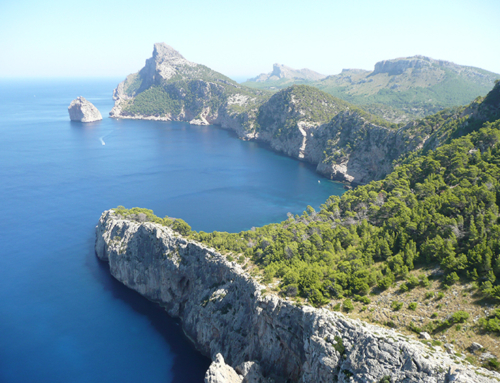Ivan Rohloff reports that as far back as 1889, Pope Leo XIII set the stage for the Cursillo in his encyclical “Rerum Novarum.”
Leo urged the formation of a network of clerically led Catholic associations for social, benevolent, economic, and political purposes.
His successors, Pope Pius X and Pius XI, wrote about Catholic Action. The latter wrote on and developed the subject so much that he became known as the “Pope of Catholic Action.” Catholic Action took on different forms in different countries. In Spain, it was concerned with a revival of Christian piety and morality. Under Franco, it continued its interest in piety, but also sponsored educational and athletic activities. In 1937, Spanish Catholic Action formally endorsed Franco.
Spanish Catholic Action was divided into four sections (1) young men between the ages of 16 and 30; (2) young women of the same age; (3) men over 30; and (4) women over 30.
This division of men and women has passed over into the Cursillo, which came from the young men’s branch of Spanish Catholic Action.
This relationship of the Cursillo to Catholic Action, as we shall see, was a matter of great controversy which lasted long and tried the emotions of many. Of course, what confused many was the fact that Catholic Action was defined differently in different places. This meant that the members of a variety of groups were collaborating in the apostolate of the hierarchy. This was the thinking of Pope Pius XI. He saw the layman as the extension of the priest.
The Cursillo Movement saw the layman’s role differently. It saw the layman as receiving his mandate to be an apostle not from the bishop, but from Christ himself, through the sacraments of Baptism and Confirmation, in union with the Mystical Body. It was this concept that eventually separated the Cursillo from Catholic Action. And, lest we forget, the term “Catholic Action” was superseded by the term “lay apostolate,” in the 1950’s, and endorsed by Vatican Council II, as is clear from the teaching of the Council in “The Constitution of the Church” (1964) and “The Decree On The Lay Apostolate.” (1965)
Spanish Catholic Action would contribute many of its characteristics to the Cursillo, among them, excessive clerical control and the view that the layman was simply an extension of the priest. These were reflections of conservative and traditional Spanish Catholicism.







